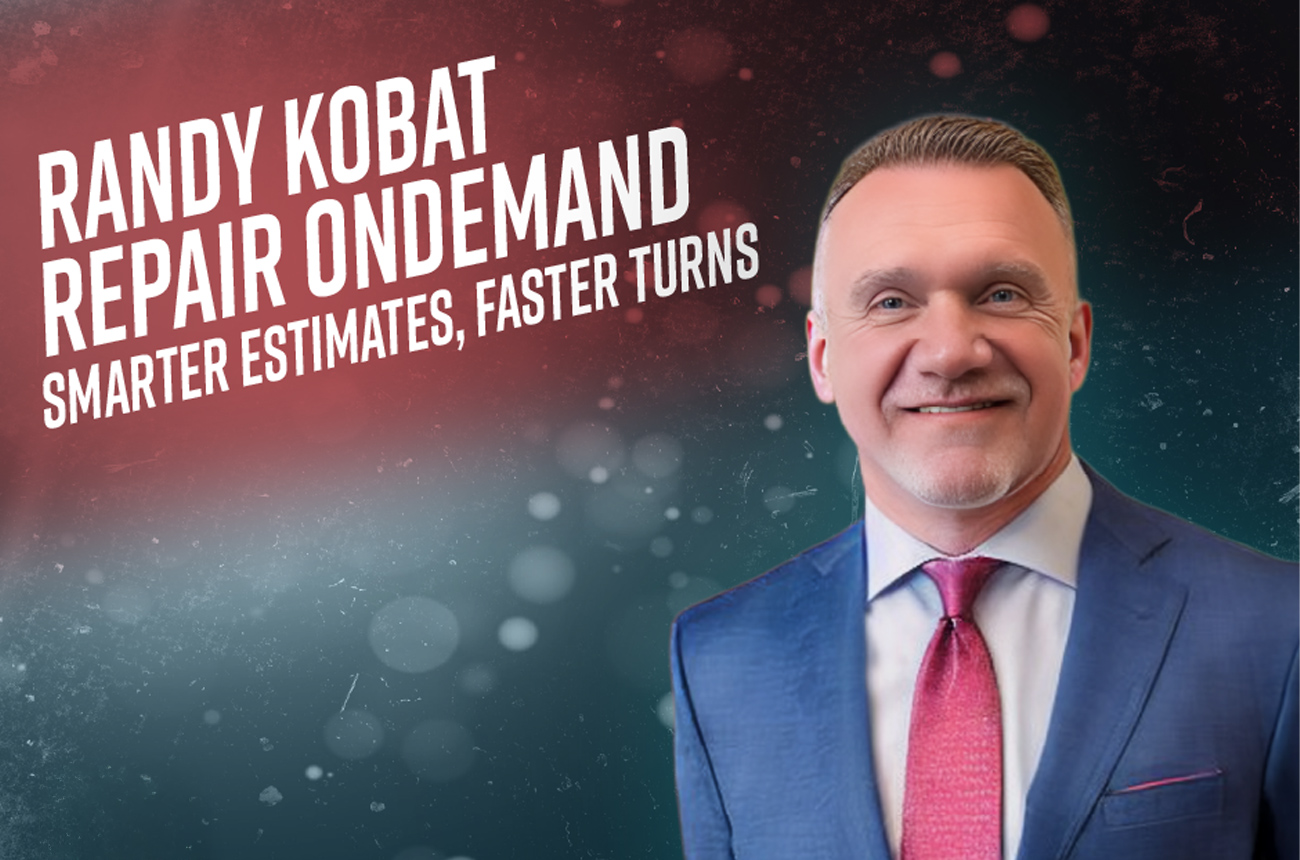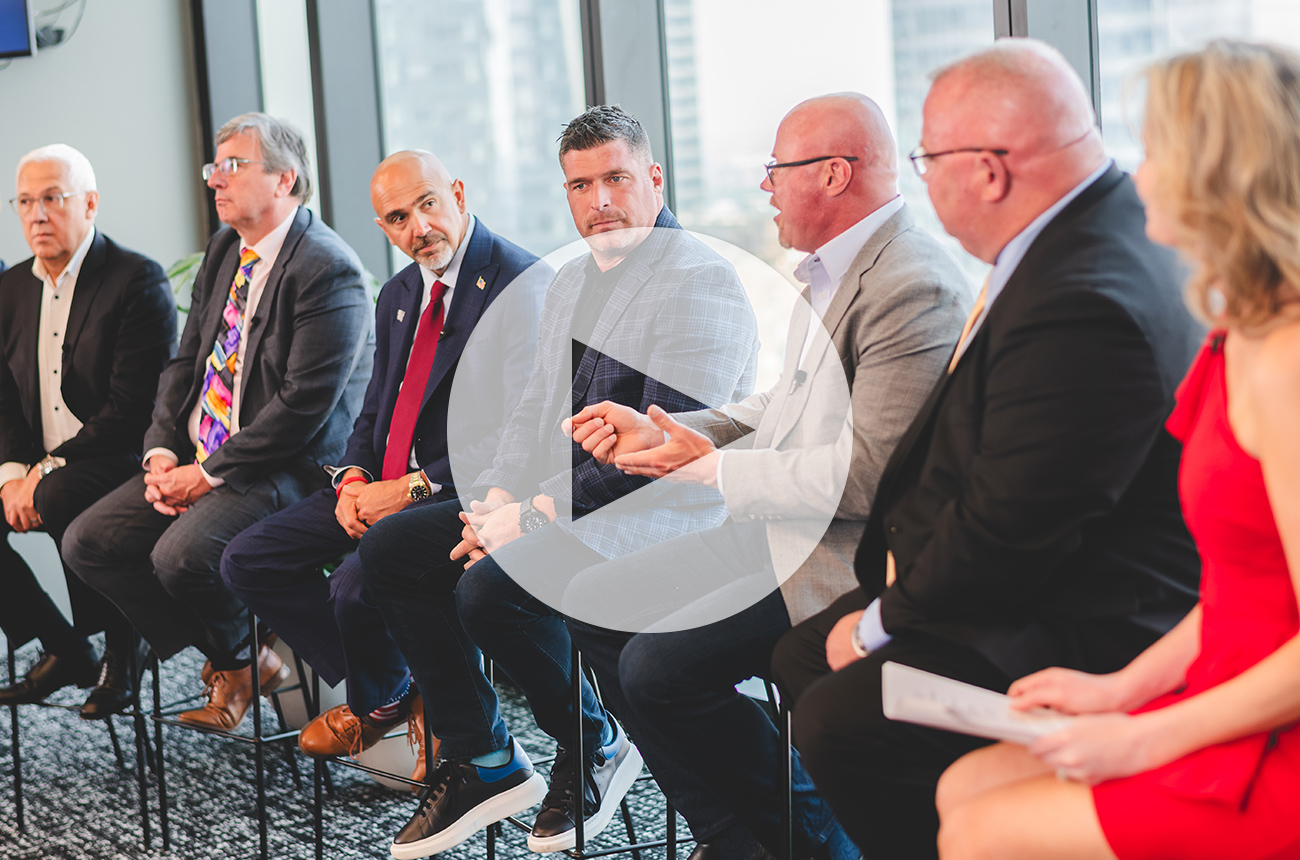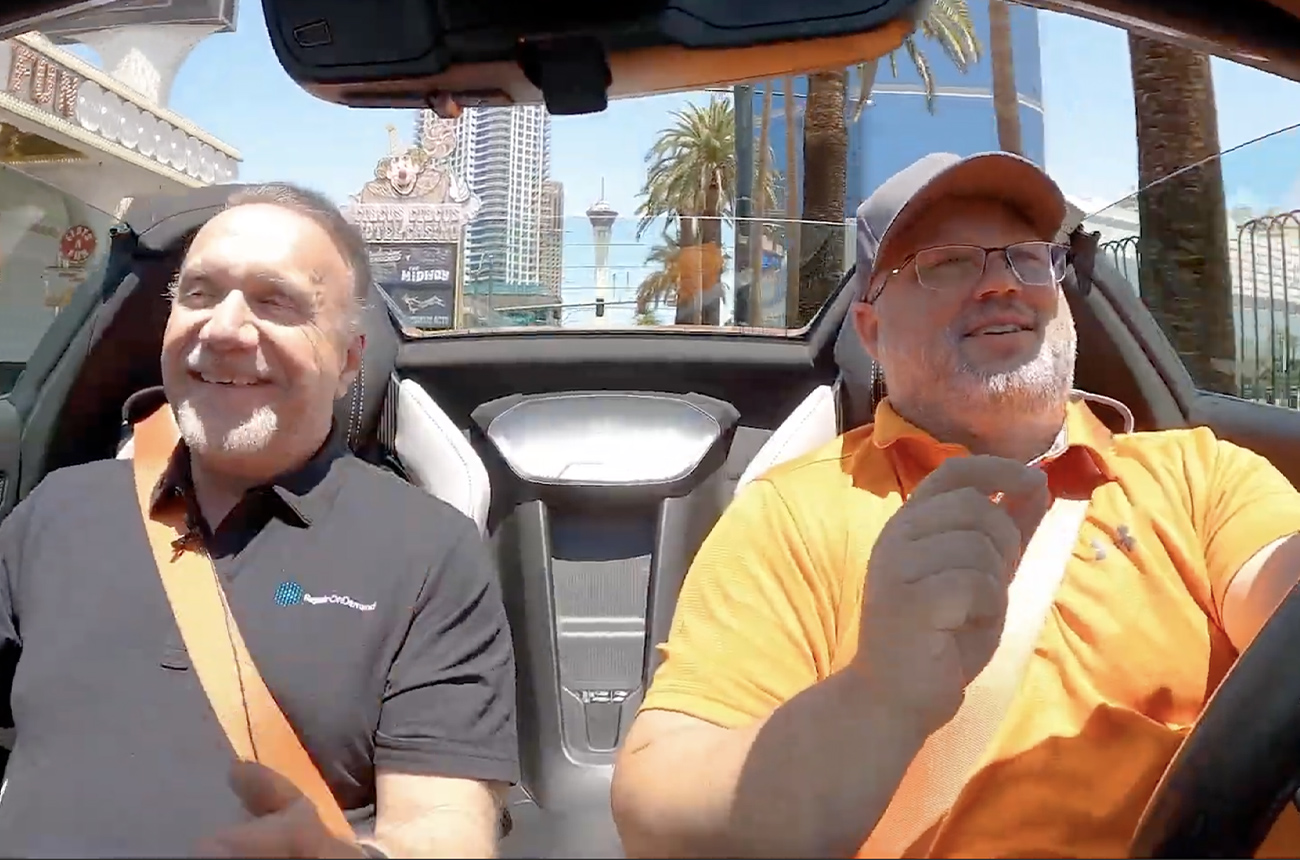“What’s the holdup?”
It doesn’t matter what your role is, everyone who works in a dealership has been asked this question. It’s especially true in Fixed Ops. And while we might be tired of hearing it, questions still need answers.
Think about how much time gets wasted because someone on your team has togo find where the holdup is coming from. When it comes to recon, the answer could be stuck anywhere in between dealership departments, streaked across a windshield in marker, keyed into the wrong cell in a spreadsheet, or caught up in a graveyard of group texts.
You’re already up against the clock to get vehicles on the floor and out the door as fast as possible. With profit margins thinner than ever, blasting through these roadblocks can make a big impact on a dealership’s bottom line — with a line leading straight to the source at Fixed Ops.
The good news? You and your team are in the perfect position to clear these common roadblocks and get the whole company into the fast lane (without adding to your workload).
Roadblocks Between Fixed Ops + Sales:
Communication Breakdowns
Clunky communication is likely your number one culprit when it comes to friction between your Fixed Ops department and the front end of any dealership. Sales needs to know when a vehicle will be ready so they can get their jobs done, but you or your shop foreman (or whoever’s unlucky enough to pick up the phone in some instances) don’t have time to play messenger to the Sales Manager 10 times a day. Having a centralized location of information is key.
Priorities That Need Straightening
When sales and fixed ops have conflicting priorities, delays can seemingly pop up by the dozen. Fixed Ops has a goal of getting all cars out as fast as possible and keeping technicians busy. Sales may push for certain vehicles to go through recon faster to meet buyers’ interest, but that doesn’t take into account workload, technicians, parts, and customer pay business. This disconnect can cause delays, because both departments are unintentionally working against one another. Aligning your reconditioning needs with operational flow can go a long way in reducing this tug-of-war for resources.
Too Many Pieces, Not Enough Players
From routine maintenance to intensive repairs, your Fixed Ops department is juggling a range of tasks, with each requiring specific (and often expensive) tools and personnel. When staffing or equipment gets stretched thin, it’s too easy for vehicles to fall behind in the recon process, delaying them from reaching the sales floor — and eating away at margins.
Roadblocks Within Fixed Ops:
Not Enough Space and Time in the Universe
Don’t worry, there’s no head-scratching physics required to get this one.But as more dealerships realize the hidden value that can be unlocked in Fixed Ops, sales strategies are shifting greater attention towards CPOs and used/trade-ins.
This increase in used inventory all needs to undergo recon. But where are you going to put all these vehicles? And where is the time to do the work coming from? Your shop bays and technician time are already stretched thin with customer pay.
Since it’s impossible for any dealership to just make space out of thin air or clone your best technicians, some dealerships have moved the recon process to evenings and overnight shifts. While this transition maximizes productive hours and helps take pressure off technicians to stay late and work overtime, it doesn’t address the underlying issues that are causing delays downtime, and longer-than-necessary vehicle processing times.
Roadblocks Between Fixed Ops + Sublet Workers:
Your UCM is Spinning Too Many Plates
If you’re like most dealerships, then after a vehicle has been handed over to Fixed Ops for recon, your Used Car Manager is still the one dealing with the lion’s share of managing sublet work. And while the way they get it done can vary from lot to lot, plenty of vehicles are still getting held up and caught between the lines of clunky group chats or text and email chains.
It’s hard enough to get your whole staff on the same page with whatever system you’re using now, but the difficulty doubles when you bring sublets into the equation. Not all downtime is created equal, and the last thing you want is to have a car ready to sell, except you’re waiting for the PDR tech to show up and your UCM forgot to text them that the car is ready.
So Really… What Can You Do?
Breaking down these roadblocks typically involves improving communication, setting clear expectations, and establishing better coordination between everyone involved — and we all know how that can feel a lot lik\e herding cats.
Jerry-rigging your DMS might technically be “getting the job done,” but it has its limits. Just like all the shared online documents, back-of-the-envelope notes, and juggled whiteboards out there, these systems are really just a waiting game for miscommunication and lost time or even worse:lost cars.
Built from the ground up
Our industry is in the middle of the biggest overhaul it’s ever seen, and a lot of dealerships are using dated and unreliable systems to try to keep up.
Repair360 swaps out all the spreadsheets, group texts, and the ridiculous amount of re-keying for something more sensible. From your shop to the GM’s desk, the whole system is configured to run with the parts of your process that are already working, while radically upgrading anything that crawls.
We can save you up to an hour of admin time on every single vehicle that goes through recon in your dealership. Before you know it, you’ll awaken that sleeping giant of a money maker inside your Fixed Ops department without cost-cuts or overstretching the limits of your team.
You’ll wonder how you ever got things done the old way!









